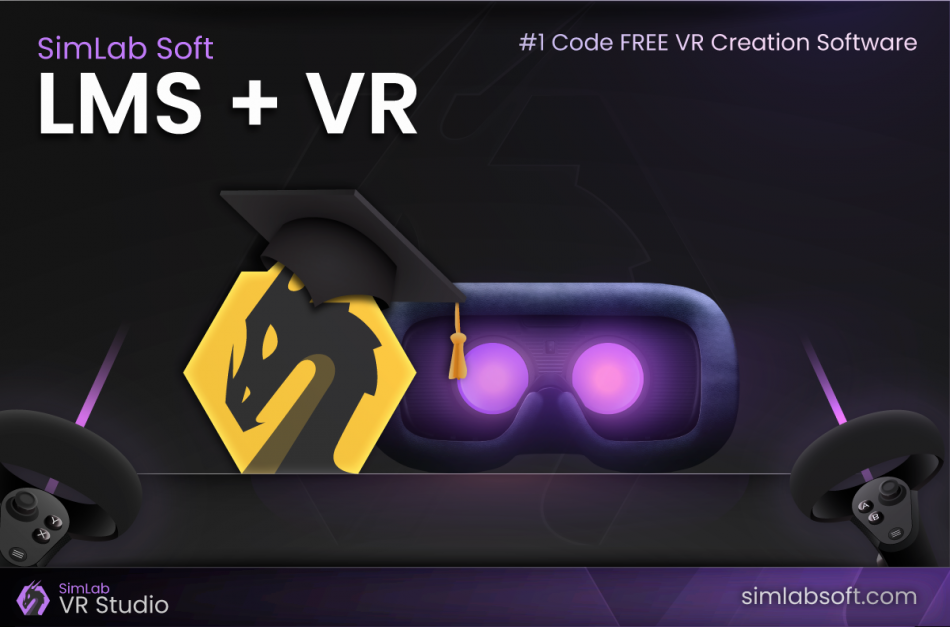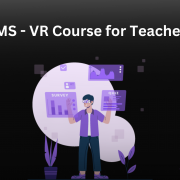VR studio can help adding VR based training to schools and universities using an LMS (learning management system), with minimum effort.
LMS is a software that is used to store, organize, and manage all the data related to an educational institution. It has been around for about 15 years and it has been one of the most significant changes in the education sector. LMS helps teachers and students to stay connected with each other, regardless of their location. It also helps them in creating materials for their classes, keeping track of grades and assessing students’ progress.
VR integration with LMS will not replace traditional methods of teaching and learning, it will augment what we have today, without the need to replace all lessons at once, teacher can start offering one or more VR lessons in current courses, when teacher decides, more VR lessons can be added based on need. This type of integration will not force schools to maintain two systems for students lists, grades, and lesson distribution.
How VR Studio offers that?
LMS systems support multiple standards including xAPI and Scorm
xAPI is an open standard for sharing data about learning and performance from LMS training systems. While Scorm is a framework of software that supports the development and delivery of e-learning courses. Most modern LMS systems support Scorm, and xAPI. Any LMS system supporting at least one of the two is ready to work immediately with VR Studio, which is capable of exporting xAPI and Scorm packages, ready to be used as lessons in the LMS system.
Who will benefit from this integration?
Many schools, universities, and companies are using an LMS, those are ready to start immediately with integrating VR with their teaching and training with minimal effort, no real change is needed to their infrastructure to start adding VR. LMS and VR integration was tested to work with different LMS systems including Moodle, Blackboard and talent LMS.
To see VR integration with LMS in action, check the following page.


